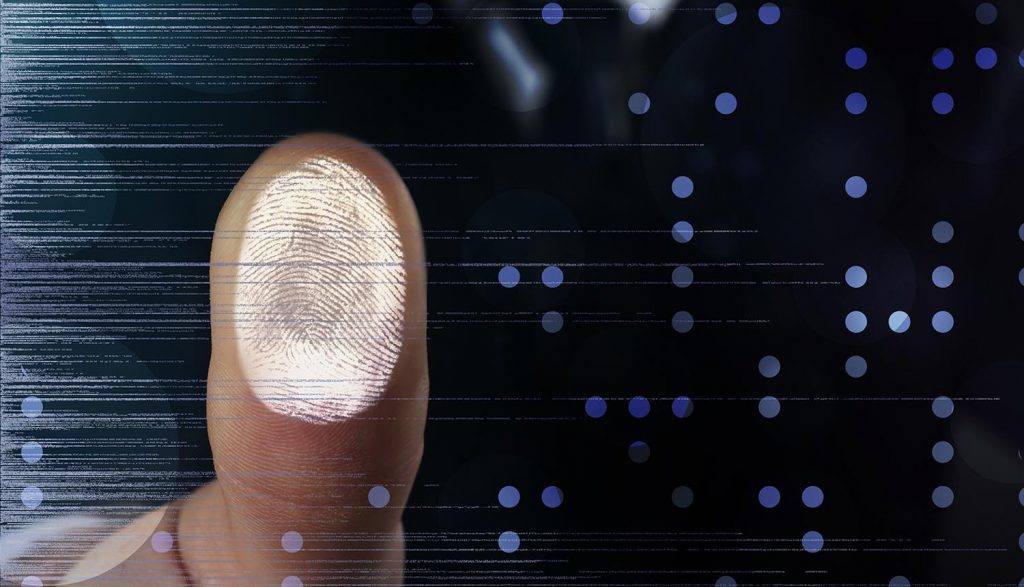
- The current World population stands at 8.1 billion as of August 2023, challenging any system that seeks to identify each human uniquely.
- The higher the entropy (unpredictability and randomness) of a system, the more secure the biometric identification and authentication process
- The iris remains unchanged throughout life, an essential characteristic in proof of personhood.
The current World population stands at 8.1 billion as of August 2023, challenging any system that seeks to identify each human uniquely. Biometrics identification and recording is the only way to achieve such a milestone. In context, biometrics are unique physical characteristics for authentication and identification. They include fingerprints, irises scan, palm, face, and DNA-based recognition.
The higher the entropy (unpredictability and randomness) of a system, the more secure the biometric identification and authentication process. Entropy is often described in “bits” or units of measurement used to quantify the level of entropy present in a biometric sample.
This article examines different biometrics and why they are the most viable key to proving personhood.
Iris scan Biometric system.
The iris is the colored, round-shaped, centered portion of the eye behind the cornea and surrounds the pupil dot. It has unique features, top above them being high accuracy. The iris pattern is incredibly complex and has hundreds of unique features like furrows, crypts, and pigment spots. Usually, the iris remains unchanged throughout life. The cornea protects it from damage. These characteristics make it suitable for proof-of-personhood identification.
Interestingly, the iris differs for the left and right eye and can sufficiently distinguish twins. When using an infrared camera, recognition is available at night or in the dark.
Read: NFT National Identification System: The next step for Africa’s NFT Marketplace
How to use the Iris scan for recognition
The location of the pupil is detected, followed by the detection of the iris and the eyelids. Noise from the detection, such as eyelids, eyelashes, and cornea, are clipped out. The iris part is divided into blocks and eventually converted into feature values for image quantification. Matching is performed with features previously extracted.
Studies show that the code generated from an iris scan has over 200 bits of entropy, significant to distinguish between the 8.1 billion humans. Additionally, iris recognition amounts to around four orders of magnitude.
Fingerprints scan biometrics system.
Fingerprints are another source of unique biometric system authenticators. No two people have the same, each having specific patterns, including ridges, valleys, loops, whorls, and arches. This form of identification has been in play for decades and is common in African governments. However, they are subject to distortion, willingly or otherwise, as they actively engage in human day-to-day activity.
Advantages of using fingerprints as a source of biometric authentication and identification include:
- Fingerprints are hard to fake
- One cannot guess or transfer fingerprints
- User-friendly and convenient
- Easy deployment and cost-effective
- Well distributed
- Fast, simple, and easy to use
How to use fingerprints biometrics for recognition
Fingerprints biometrics use a scanner to obtain image(s) of your fingerprint. Methods for scanning fingerprints include:
- Optical scanner- Takes a digital image of your fingerprint through the lighting of the finger through a prism. The prism reads the ridges and valleys as they reflect the light.
- Capacitive scanner- Generates a small electric charge through built-in capacitors that store electricity. The miniature capacitors discharge when the finger touches the scanner.
- Ultrasound scanner- Uses an ultrasound signal to record the echo created by the fingerprint. Different ridges and valleys make distinct echoes. This type of scanner does not need direct contact with the scanned finger to get a reading.
- Thermal scanner- These scanners use heat to measure the difference in temperature between the ridges and valleys of the fingerprint. They then create the fingerprint image based on the temperature contrast.
Biometrics are critical to the creation of systems that identify each human uniquely. However, they are dangerous for data manipulation if they fall into the wrong hands.
Read: Filtering the noise: Facts about the controversial Worldcoin project
- SEO Powered Content & PR Distribution. Get Amplified Today.
- PlatoData.Network Vertical Generative Ai. Empower Yourself. Access Here.
- PlatoAiStream. Web3 Intelligence. Knowledge Amplified. Access Here.
- PlatoESG. Automotive / EVs, Carbon, CleanTech, Energy, Environment, Solar, Waste Management. Access Here.
- PlatoHealth. Biotech and Clinical Trials Intelligence. Access Here.
- ChartPrime. Elevate your Trading Game with ChartPrime. Access Here.
- BlockOffsets. Modernizing Environmental Offset Ownership. Access Here.
- Source: https://web3africa.news/2023/08/11/news/proof-of-personhood-which-works-best-iris-scan-or-fingerprints/
- :has
- :is
- :not
- 1
- 200
- 2023
- 8
- a
- About
- above
- accuracy
- Achieve
- actively
- activity
- Additionally
- African
- amounts
- an
- and
- Another
- any
- ARE
- around
- article
- AS
- At
- AUGUST
- Authentication
- available
- based
- been
- behind
- being
- BEST
- between
- Billion
- biometric
- biometric authentication
- biometrics
- Blocks
- built-in
- by
- camera
- CAN
- cannot
- centered
- challenging
- characteristic
- characteristics
- charge
- code
- Common
- complex
- contact
- context
- contrast
- controversial
- converted
- create
- created
- creation
- critical
- Current
- Dangerous
- Dark
- data
- day-to-day
- decades
- deployment
- described
- detected
- Detection
- difference
- different
- digital
- direct
- distinct
- distinguish
- divided
- does
- DOT
- each
- easy
- echo
- echoes
- Electric
- electricity
- engage
- essential
- eventually
- Examines
- eye
- Face
- facts
- Fall
- Feature
- Features
- finger
- fingerprint
- followed
- For
- form
- four
- from
- generated
- generates
- get
- Governments
- Hands
- Hard
- Have
- having
- High
- higher
- However
- HTTPS
- human
- Humans
- Hundreds
- Identification
- identify
- if
- image
- in
- include
- Including
- incredibly
- into
- IT
- jpg
- Key
- left
- Level
- Life
- light
- Lighting
- like
- location
- make
- Manipulation
- matching
- measure
- measurement
- methods
- milestone
- more
- most
- National
- Need
- next
- NFT
- night
- no
- Noise
- obtain
- of
- often
- on
- only
- or
- orders
- otherwise
- out
- over
- palm
- part
- Pattern
- patterns
- People
- performed
- physical
- plato
- Plato Data Intelligence
- PlatoData
- Play
- Play For
- population
- portion
- present
- previously
- process
- proof
- randomness
- Reading
- recognition
- record
- recording
- reflect
- remains
- right
- s
- same
- scan
- scanning
- secure
- Seeks
- show
- Signal
- significant
- Simple
- small
- Source
- specific
- spots
- stands
- Step
- store
- subject
- such
- suitable
- system
- Systems
- takes
- that
- The
- Them
- then
- These
- they
- this
- Through
- throughout
- to
- top
- transfer
- Twins
- two
- type
- unique
- uniquely
- units
- use
- used
- uses
- using
- usually
- Values
- viable
- Way..
- when
- which
- why
- willingly
- with
- works
- world
- Wrong
- wrong hands
- Your
- zephyrnet













